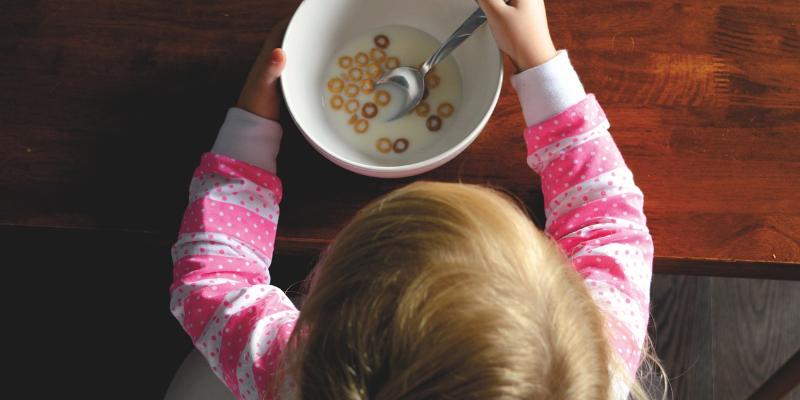Too much protein, fat, sugar, and salt eaten in snacks, as well as the excessive consumption of sweetened drinks and highly-processed products – are the prevalent mistakes in the diets of babies from 1 to 3 years of age.
“The menu for toddlers lacks calcium, Vitamin D, potassium and dietary fibre– which is caused by, among other things, the insufficient amount of milk and its products and the scarcity of fruit and vegetables in their diet," Anna Harton, PhD, a nutritionist from the Warsaw University of Life Sciences (SGGW) told.
What should land on the baby’s plate?
According to “The Nutrition Guide for Children Aged 1 to 3" prepared by the National Research Institute of Mother and Child, a toddler’s balanced daily diet should contain products from diverse food groups.
The baby should receive four, five servings of protein products, including three servings of milk and its products and one or two of meat, poultry, fish, and eggs.
The diet should also include five servings of cereal products, five of vegetables, four of fruit and one or two servings of fat.
Ms Harton points out that small children all too often consume unsuitable drinks.
“A lot of emphasis has been put recently on reducing the amount of sweet drinks and juices. In children from 1 to 3 years of age nutritionists recommend a maximum of half a glass of juice, which replaces a single serving of fruit or vegetables," said Ms Harton.
The common mistakes identified by the nutritionist include continued night feeding and bottle feeding after the child is over a year old, which increases the risk of dental caries, malocclusion (especially if the child is fed with a dummy bottle) and obesity.
“Another issue is that some people are trying to use their adult eating habits with small children. Let’s not forget that until the child turns three, the diet should predominantly feature light products. To put it simply, fried pork chops are not recommended – better go for steamed dishes," added Ms Harton.
On the other hand, she stresses that products and dishes are served to toddlers excessively fragmented – parents tend to mix everything into a pulp.
Other mistakes include irregular meals and the insufficient number of them. Small children should have four to five meals a day – three main ones and one, two supplementary.
Why are crisps bad for children?
“Because crisps are highly-processed products with a high content of sodium, fat and calorific value. Such products also contain many additives, such as flavour enhancers, which are not recommended for young children," the nutritionist stresses.
Also eating furtively – especially sweet and fatty snacks with a high calorific value and often negligible nutritional value – frequently results in the child skipping a proper meal.
“This means that when a child eats crisps or some similar snack before dinner, it doesn’t feel like having a well-balanced meal afterwards," Ms Harton explains.









Comments (0)